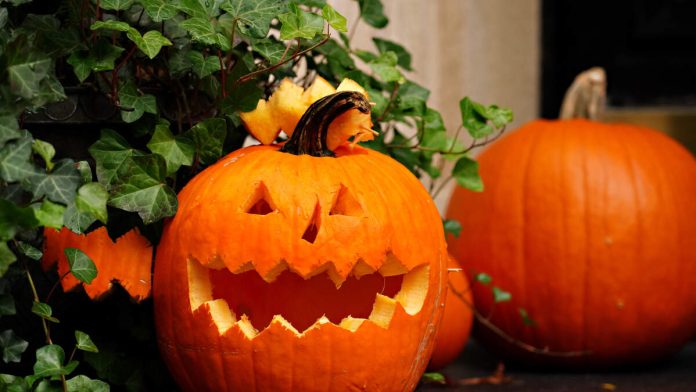Each year, over 1 billion pounds of pumpkins end up in U.S. landfills after Halloween, contributing to methane emissions. However, experts suggest several ways to repurpose pumpkins to reduce waste. According to the Department of Energy, pumpkins can be eaten, composted, or fed to animals, offering sustainable alternatives to disposal.
Chef Carleigh Bodrug emphasizes that every part of a pumpkin is edible. The flesh can be cubed for soups or pureed for dog food, while the seeds, rich in nutrients, can be roasted for snacks. The stringy innards can be used in baking, although they may require additional seasoning compared to store-bought purees. Bodrug recommends collecting edible parts during carving, before pumpkins are painted or left outside, as decorations can make them unsafe for consumption.
For those not interested in eating their pumpkins, donating them to farms as animal feed is an option. Alternatively, composting is an effective way to prevent pumpkins from contributing to landfill waste. Dante Sclafani, compost coordinator at Queens County Farm, advises removing decorations and chopping pumpkins into small pieces for easier decomposition. He highlights the importance of balancing “greens” like pumpkin scraps with “browns” such as dry leaves in compost piles to prevent odors.
Composting not only reduces landfill waste but also enriches soil. Laura Graney, education director at Queens County Farm, notes that autumn is an ideal time to teach children about composting, empowering them to tackle environmental challenges. As Graney explains, “Composting helps them feel like they can make a difference,” and this message can spread to families and communities.

Recent Comments